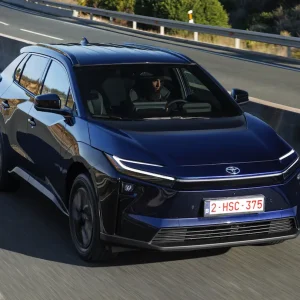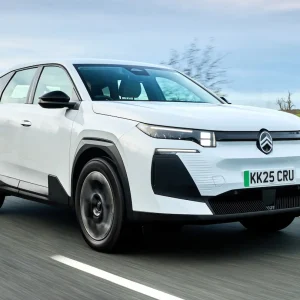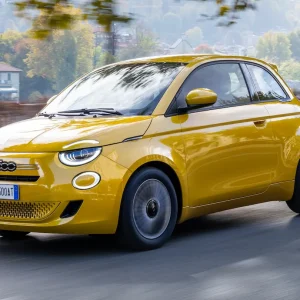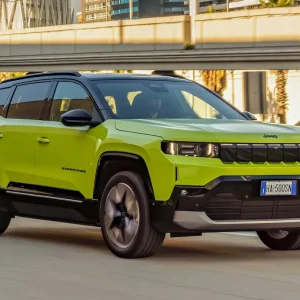The Ford S-Max is one of the survivors of the car industry. Conceived at a time when there was still great demand for MPVs or ‘people carriers’ before the SUV boom of the past ten years, it still forms part of the Ford line-up when many other brands have long given up on this sector.
A sister model to the Galaxy (which would perhaps not still be around itself were it not for the economies of scale of being built on the same architecture as the S-Max and the Mondeo, as well as its popularity with private hire cab companies over the years, such as Addison Lee) the S-Max compromises a little on practicality – the third-row seats have less headroom – but delivers a driving experience more akin to a saloon or estate.
The current Mondeo, launched in 2014, has been available with a petrol-electric powertrain option – initially a niche offering in the saloon, targeted more at the North American market, but broadened to include estate versions in 2019 – and has now been made available in the Galaxy and S-Max.
Priced within £625 of the equivalent 190hp diesel version for the ST-Line version, the new S-Max Hybrid has lower CO2 emissions than the diesel and is around two BIK tax bands lower.
Drive duty is shared between a combination of 2.5-litre Atkinson cycle petrol engine (with lean fuel-burning capability prioritised over outright power), and a 1.1kWh lithium-ion battery powering an electric motor, the latter capable of running the car alone over short distances and low speeds.
The cabin is perhaps beginning to age slightly with the car now entering its seventh year on sale. The 8in touchscreen’s position is integrated into the dashboard rather than free-standing as seems to be the more accepted position now, and the graphics perhaps aren’t as crisp as we’ve become used to.
Despite the car’s CVT auto, which seems counter-intuitive to enthusiastic driving, the S-Max’s steering feel and body control still make it the MPV for those who’d rather be behind the wheel of something more engaging.
As the battery is much smaller than a plug-in hybrid, there is no real difference in luggage space or practicality, and all seven seats operate in the same way and offer the same space as a petrol or diesel version.
It is also priced lower than a PHEV would be, but the CO2 emissions and BIK tax are higher, although slightly lower than the diesel equivalent. Unfortunately, for businesses choosing the Hybrid, the residual value forecast is not as strong as that of the diesel, so it might cost marginally more to run.
However, on our short driving route, made up of fast, out-of-town roads as well as some driving at low speeds, the trip computer was showing comfortably higher than the official 43.5mpg, in the low 50s. Clearly, depending on the user profile, there is potential to make the S-Max Hybrid more cost-effective than the diesel.
Ford S-Max 2.5 Hybrid Titanium Lux
P11D: £38,765
Residual value: 30.8%
Depreciation: £26,807
Fuel: £7,752
Service, maintenance and repair: £2,292
Cost per mile: 61.4p
Fuel consumption: 43.5mpg
CO2 (BIK %): 147g/km (33%)
BIK 20/40% a month: £213/£426
Luggage capacity: 285 litres (behind third-row seats)
Engine size/power: 2,488cc/190hp





